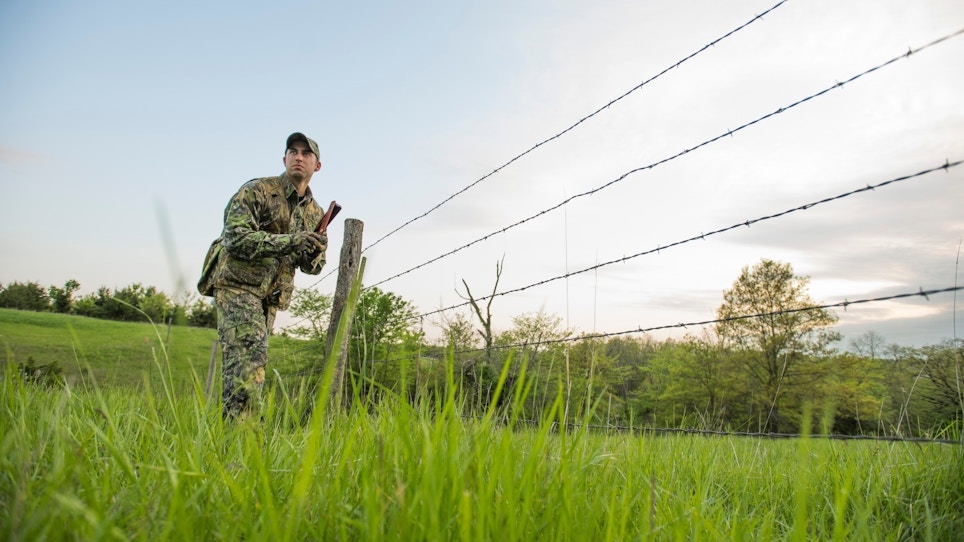The North American Model of Wildlife Conservation, which is foundational to our industry, states that wildlife is a public resource, and as such, access to wildlife for hunting is through legal mechanisms such as set hunting seasons, bag limits, license requirements, etc. And that, in keeping with democratic principles, government allocates access to wildlife without regard to wealth, prestige or land ownership.
This model is based on the fact that, following indiscriminate slaughter of wildlife and wanton habitat destruction in our nation’s early years, in the 1800s, citizens began to ask whether wildlife populations could continue at healthy levels without checks on hunting. As the tides turned for conservation, important laws were passed, including the Migratory Bird Treaty Act of 1918, the Migratory Bird Hunting and Conservation Stamp Act of 1934, the Federal Aid in Wildlife Restoration Act of 1937 (Pittman-Robertson Act), and the Federal Aid in Sport Fish Restoration Act of 1950 (Dingell-Johnson Act). Collectively, these acts laid the foundation for what inspired the North American Model of Wildlife Conservation. As of April 2019, the P-R and D-J acts have collectively distributed more than $21 billion in apportionments for state conservation and recreation projects. The recipient state wildlife agencies have matched these funds with approximately $7.3 billion throughout the years, primarily through hunting and fishing license revenues.
The love of money may be the root of all kinds of evil, as the saying goes, but money does make the world go round, and conservation depends on it. And like all things in America and the rest of the world, everything has been changed by COVID-19. Economies are in disarray, business have been shuttered for good, and the way we live and work has, in no small measure, been altered forever. The May 18, 2020 issue of www.smithsonianmag.com has an article entitled, “How Covid-19 Is Disrupting Crucial Conservation Efforts” detailing many of these problems, not just those that directly affect both the national and international hunting communities, but also recreational groups like birders. A June 11, 2020 article in www.washingtonpost.com entitled “Halt In Ecotourism Threatens Conservation Efforts Worldwide” discusses the same issues. Simply stated, the funding is drying up.
Near-term, Pittman-Robertson funds appear to be in great shape, thanks to booming firearm and ammunition sales. But travel restrictions or outright bans like the closing of the U.S.-Canadian and Mexican borders, as well as quarantine requirements for those who do travel to some states or international destinations, have reduced hunting license sales, which means less money for matching funds, which means fewer P-R funds being actually allocated to specific states. In many states, nonresident hunting license sales provide a very large chunk of state game and fish department budgets. Thus, as spending drops due to reduced revenues, there is less money to pay the salaries of game wardens, whose ranks are already depleted both here and abroad, which, taken together with the economic downturn, leads to increased poaching.
Our private conservation-based businesses are also suffering greatly. Conservation and advocacy organizations are hurting badly after a season of no fundraisers, banquets and raffles, and individual donations are reduced to a trickle of their former selves. This past summer, one group, the National Wild Turkey Federation, held a “Turkey Telethon” fundraiser on Facebook Live that raised over $200,000 for an organization that laid off more than 50 staffers in spring due to a halt in their fundraising efforts due to COVID-19. Others have conducted online auctions, but the money raised there is never as much as money raised at live banquets and conventions. These groups’ collective spending on conservation efforts, as well as efforts in hunter recruitment and retention and helping ensure land access for the general public, is significant and benefits all wildlife and hunters.
Guide and outfitter businesses have also been hammered, especially in states where travel bans and quarantines cost those states entire nonresident hunting seasons. Outfitters that had to cancel seasons still have to pay leases, insurance and other fixed costs without revenue, and cancelled hunts have to be rolled over to future seasons in some sort of staggered schedule so that those who had booked a year or more out aren’t bumped from their spots. Some outfitters will go out of business altogether. The bottom line for hunters that use these services will be a tightening of available hunts, which means the cost will inevitably go up.
With travel bans, quarantines and economic downturns, many folks naturally look to close-to-home sources of recreation. Landowners wary of people they don’t know well will be less inclined to open their property to the unattached hunter. Add to this the trend with millennials, Gen-Xers, and Gen-Zers embracing the locavore movement and an increasing interest in hunting for meat, not trophies per se, and local hunting resources and public lands are sure to see more hunting pressure. One bright spot in this trend was the announcement on August 18, 2020, by Secretary of the Interior David Bernhardt of the opening and expansion of more than 850 hunting and fishing opportunities across more than 2.3 million acres at 147 national wildlife refuges and national fish hatcheries. This rule increases the number of units in the Service’s National Wildlife Refuge System open to public hunting to 430 and those open to fishing to 360. The rule also formally brings the total number of National Fish Hatchery System units open to hunting or sport fishing to 21. This is in addition to the 2019 expansion of 1.4 million acres for new or expanded hunting and fishing opportunities. You can find a list here by doing an online search for “FWS Station Specific Hunting and Fishing Final Rule Narratives.”
What’s all this mean for you, and your business? How do you see the future? Drop me a note at editor@grandviewoutdoors.com — I’d love to hear your thoughts.






